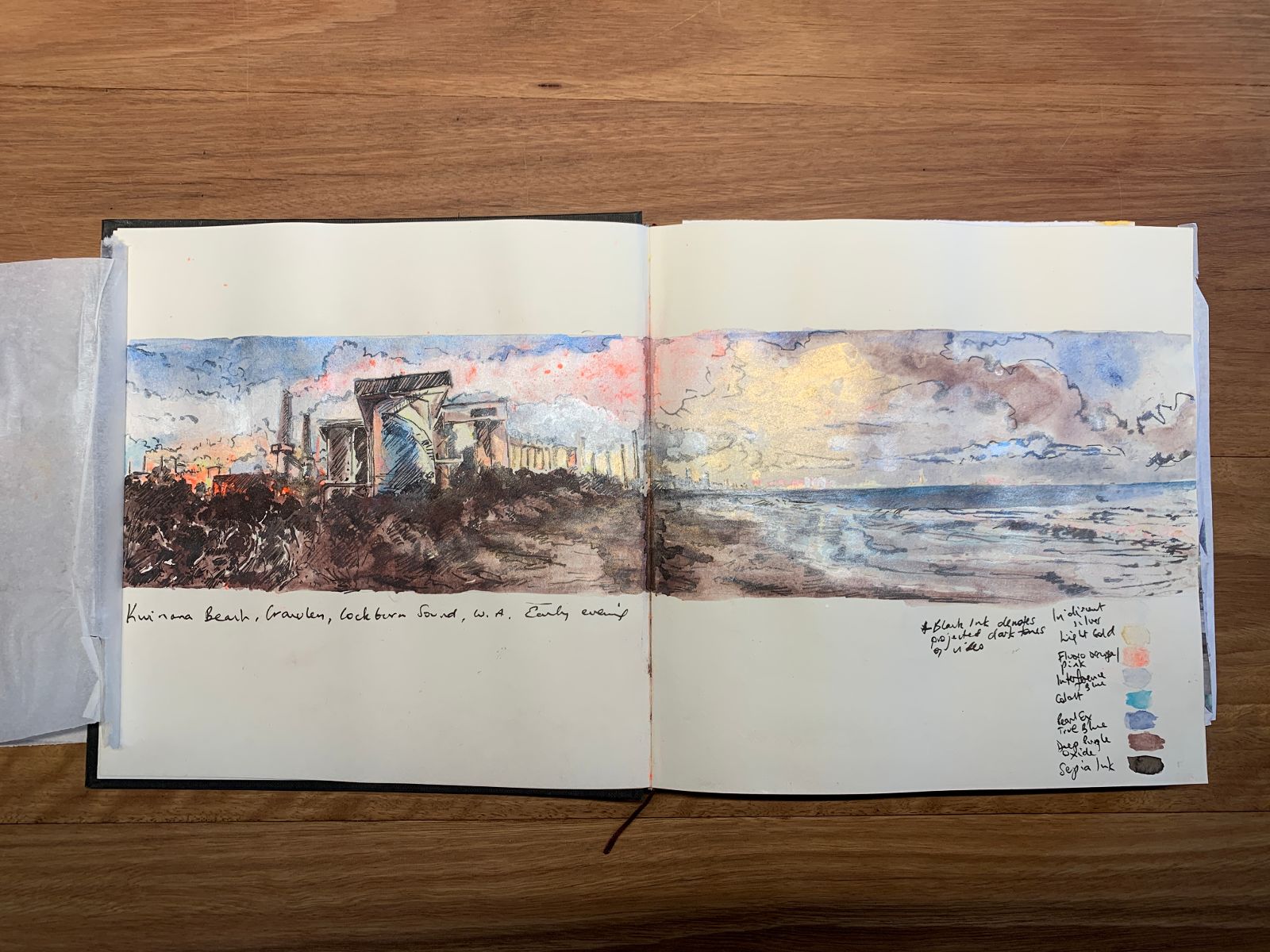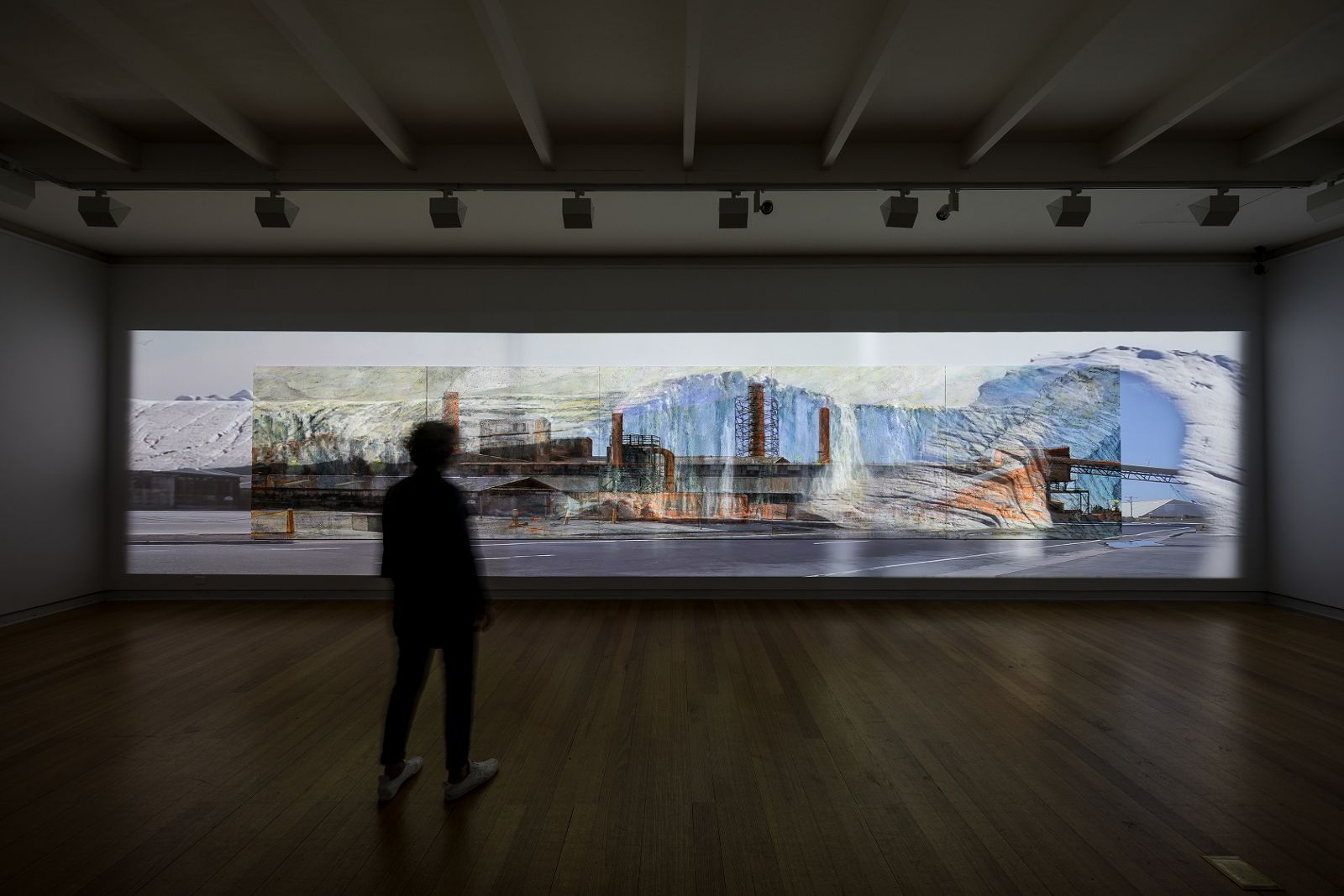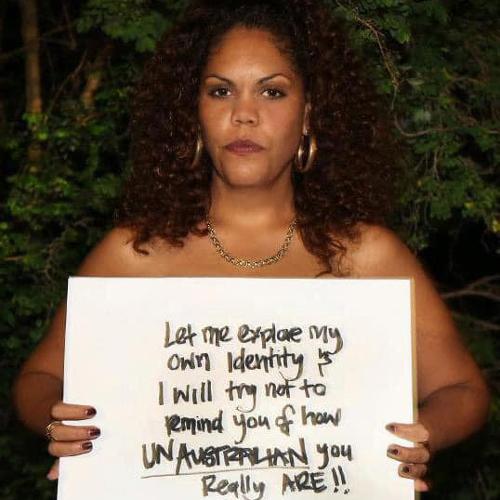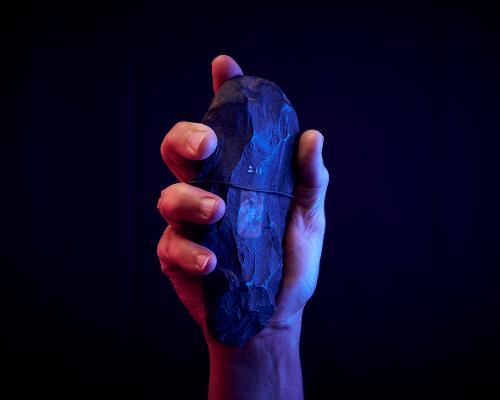On an evening in 1987 I stood with Mandy Martin on a beach at Twofold Bay near Eden, at the base of Edrom Lodge, after a day of drawing at an annual retreat with fellow Canberra School of Art Printmaking Workshop students and teachers. A contemporary take on the Romantic landscape tradition and a study of the Sublime had begun to filter into Mandy’s imagery. A panoramic pictorial format was also taking stronger hold in her work, unsurprising for an artist whose piercing eye and enquiring mind preferred a wide view. That evening, staring over the water into a sky illuminated by a full moon hidden behind, but dramatically silhouetting a cloudscape, we bet each other the selection of one of our day’s drawings as to whether the moon would come out to cast what we knew would be a stunning silver ellipse on the quiet, inky bay. Mandy thought not. I bet yes, and ever since I have lived with and treasured a small painterly, beautifully observed, diptych sketch Mandy made that morning: her view from the beach looking over Twofold Bay.
Since what many of us feel intensely as her untimely death on 10 July 2021 after several years living with and working through cancer, there have been touching, insightful and comprehensive obituaries and testimonials encapsulating the 45-year career and achievements of Mandy Martin. They have rightfully focussed on her prominence as a feminist artist who emerged in the mid-1970s, and whose early reputation for political and socially progressive imagery established an ideological framework for a landscape-based art practice, and a long-term and active commitment to the Australian environment. In our evaluations of Mandy’s legacy, there is much room also to reflect on her teaching of two generations of students, and her special, enduring support across their careers of those artists and arts-workers whom she had taught and continued, in various ways, to mentor.
I enjoyed a 37-year friendship with Mandy, meeting her at her local petrol station in Canberra when I was pumping fuel after college in the days of driveway service! An invitation to dinner via a mutual friend included a visit to her studio and confirmed my ambition to get into the art school.
By the time I commenced what was then a four-year undergraduate course in printmaking [at the Canberra School of Art] in 1984, Mandy’s work had achieved widespread curatorial and critical attention, and had placed her (among others) at the centre of a new predominance in Australian and international painting of a highly energised, figurative, often narrative expressionism. Her work and its politics were powerfully influential on some students, sometimes to the point of emulation. Mandy was a generous teacher but a hard taskmaster: young artists needed to work through their influences towards their own vision.

From the earliest phase of her career Mandy was prolific. A brilliant draughtsperson, she produced sustained series of drawings and paintings to see a subject through graphic experimentation to painterly resolution. In the printmaking workshop she was uncompromising in her insistence that drawing would be the basis of not only our practical work but the enriching factor to our conceptual enquiries.
Across my career as a curator and museum director I have continually deepened my engagement with Mandy’s work. It had a profound effect on my visual life from my first encounter with it, and I have had several opportunities to include it in exhibitions and to acquire it for collections.
Mandy’s commitment through her painting and associated writings to the environment inspired many collaborators across Indigenous and non-Indigenous Australia.
In 2017 Geelong Gallery commissioned Luminous relic, the first of three collaborative works by Mandy Martin, Alexander Boynes and Tristen Parr integrating painting, moving image and sound. Programmed to coincide with the multi-disciplinary festival ART+CLIMATE=CHANGE 2017, Luminous relic addressed persistent and increasingly urgent environmental issues with which Mandy had been engaged since the late 1970s, and that also emerge in Alexander Boynes’s stark, humanist visions of the contemporary body, and in Tristen Parr’s grave, emotive score. The artists’ fieldwork in Geelong proceeded over a 36-hour period, during which a spectacular dawn and melancholic gloaming at day’s end revealed the quiet beauty of Corio Bay and the strange, terrible beauty of the industrial complexes on its shores.
The brooding character and poetic grandeur of Luminous relic are deeply moving. While Mandy’s images of the convergence of industry and nature rise from what the art historian Ian North observed in 1989 as a ‘sceptical mind abroad on a poisoned planet.’[1] Luminous relic called for hope against hopelessness. This work initiated a powerfully thought-provoking space in which the dichotomies signalling our care for, but consumption of, the planet were starkly illuminated.

As she approached the end of her life, Mandy focussed her energies on rationalising and organising her oeuvre, and determinedly completing the multi-panel painting for the third and final work in the collaborative series with Alexander Boynes and Tristen Parr. That work, Step Change, produced for the 2021 Fremantle Biennial of site-responsive contemporary art, makes an urgent call to transition to clean energy sources in our time of climate crisis. Using the expanding Kwinana Industrial Area located alongside Derbarl Nara (Cockburn Sound), this last major collaborative work or Mandy’s ‘shifts between the real and the sublime, as the still becomes moving and the changing sonic atmospheres turn light to dark’[2]. Mandy’s numerous working sketches for this final project attest to the primacy of drawing to each of her series and reveal that, to the end, her eye and imagination explored multiple compositional formats to arrive at the most potent image.
Thirty years after standing in silence with her as moonlight fell over Twofold Bay, Mandy and I stood in Geelong Gallery in front of her painting Beyond Eden 1987, acquired by the Gallery in 2016.
In the few months since her death, Mandy’s family have established the Mandy Martin Fellowship, which will be facilitated by leading arts climate advocacy organisation CLIMARTE, an organisation to which Mandy was passionately committed since its inception in 2010. The Mandy Martin Fellowship will support ongoing creative responses to the climate crisis. It is a legacy that will honour a fiercely intelligent, generous, fun, and enduringly influential artist.
Footnotes
- ^ Ian North, ”Riding the Tiger“, exh. cat., Mandy Martin, (Sydney: Roslyn Oxley9 Gallery, 1989)
- ^ See https://fremantlebiennale.com.au/project/step-change/












